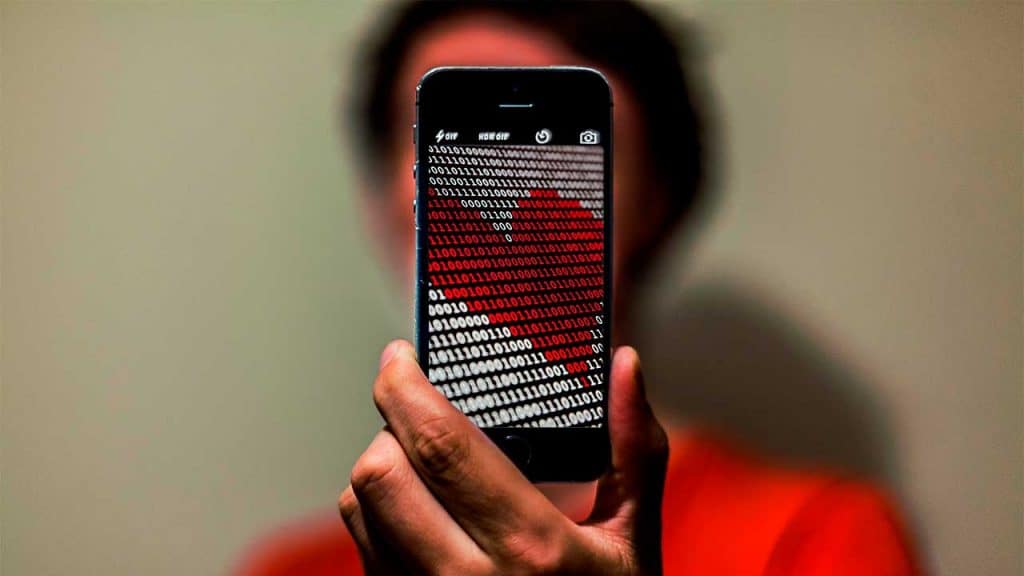Dangers of social networks, the trap at home
Cyber-intelligence services are increasingly working to contain corporate reputation crises caused by the use of these platforms by executives. Security breaches resulting from the dangers of social networks represent a latent risk for organizations

Describing the dangers of social networks is no easy task. Their energy is so powerful that the range of risks is so diverse. After all, today there are almost 4 billion human beings with at least one profile on any of the many known platforms.
The relationship between social networks and executives can be particularly dangerous because of the scale of its impact. A sort of trap at home for the organizations represented by these executives. Or even for the entrepreneurs themselves.
Just ask Jack Dorsey, the CEO of Twitter, who three years ago became the target of the wrath of Internet users for an innocent invitation to visit Myanmar related to one of his passions: meditation.
He had done so through a series of tweets posted on his personal profile. Since the Asian country has been subjected for years to a military dictatorship that has been severely criticized by the international community, the campaign against Dorsey was not long in coming. And it was not at all shy of expletives.
Or to Marcos de Quinto, former vice-president of Coca Cola and former Ciudadanos deputy, who had to close his Twitter account due to some old comments about Telefónica. Critical tweets that ended up turning against him and gave him more than a headache.
The Dorsey or De Quinto cases are but a couple of examples of the dangers of social networks. Cases that are somewhat extreme, in that they themselves were not aware of the reputational damage they could cause with their personal opinions.
Not only to themselves, but also to the organizations they represent.
At that point, Cyberintelligence services are increasingly working to protect companies from reputational crises that are sometimes unintentionally unleashed by managers or even company owners.
The cyber exposure of these figures is one of the risks of this hyper-connected and asynchronous era in which everything comes and goes. And in which the ability to decontextualize images or messages can end up becoming a danger to the business of any company. This is one of the great dangers of social networks.
Javier Rodriguez, Director of Cyberintelligence at Tarlogic Security, explains it in a very pedagogical way: «From the moment someone decides to be an entrepreneur or sign up as a manager, he becomes a risk for the company. Relationship between social networks and executives is complex».
An unconscious risk in most cases. In which plays a strategic role all the information that is shared on social networks: Facebook, Twitter, Instagram, LinkedIn, Youtube.. In any of them.
Therefore, it’s information that usually seems innocent in appearance. Personal in many cases. Not even evaluative, as could be the opinions of Dorsey or De Quinto.
But when distorted and taken out of context, it can become a bomb for any company that fails to monitor these practices. «The Internet can be used to attack a company’s business continuity», says Rodríguez.
And he gives an extreme but very close to reality example. Collecting a few photos of a manager enjoying a glass of wine or a gin and tonic from his or her social media profiles, or those of his or her partner, can be dynamite for enemies.
Flammable material in the face of a major award process, without going any further. «Insinuating through a publication that such-and-such executive or businessman has certain alcoholic inclinations can erode the credibility of the company when it comes to bidding for the tender», argues Tarlogic’s Director of Cyber Intelligence.
In more extreme cases, the bad guys can even get hold of email or critical phone passwords through personal profiles, another of the great dangers of social networks. Security holes that, taken to the extreme, could lead to much more serious damage. Becoming a gateway for cybercriminals.
Controlling the damages
Over the last few years, cyberintelligence professionals have developed high-level protocols to protect these critical corporate players.
Tools that make it possible to keep their profiles safe and, by extension, those of all the people who make up that company. A path that, in reality, starts outside their sphere of influence.
«Before you start looking at what’s out there from a VIP -Rodriguez cautions- you have to look at what organizations might want this information to use it for. An unscrupulous competitor, ransomware groups…»
It’s at that stage when very pertinent questions are asked to protect the businessman or manager. Questions such as these: Is there real information that can be used by an attacker? Is there corporate information exposed through this actor?
This is when everything that circulates on the Web will be analyzed: the real relationship between social networks and executives. The information of the entrepreneur or the manager, but also that of his/her immediate environment.
With all the answers, data will be interpreted to produce a very graphic picture. A precise diagnosis of the risks that these actors entail for the Company: dangers of social networks, threats from third parties, security holes…
It will be time, in short, to raise them awareness. To show them the probabilities that, without knowing or wanting it, they could be the Trojan Horse that nobody was waiting for…
Discover our work and cybersecurity services at www.tarlogic.com
